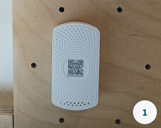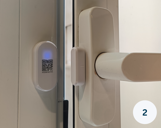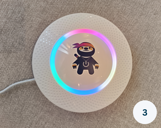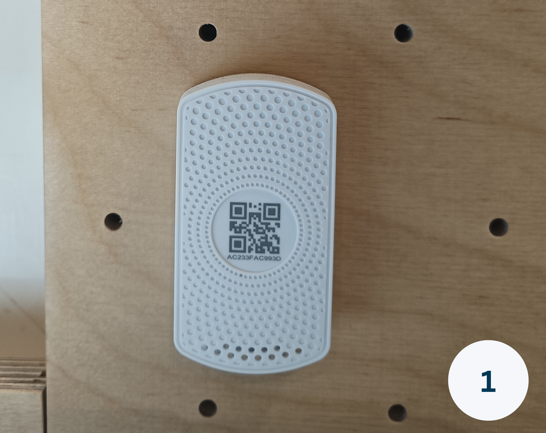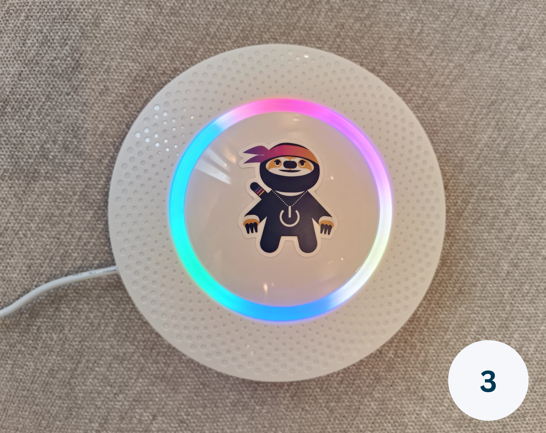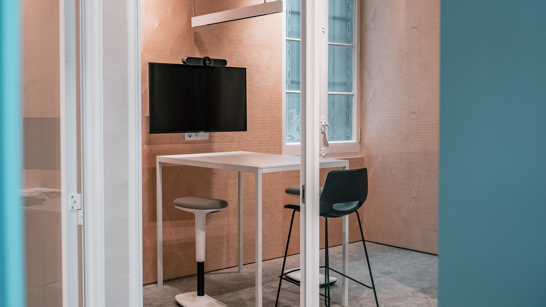IoT Smart Spaces
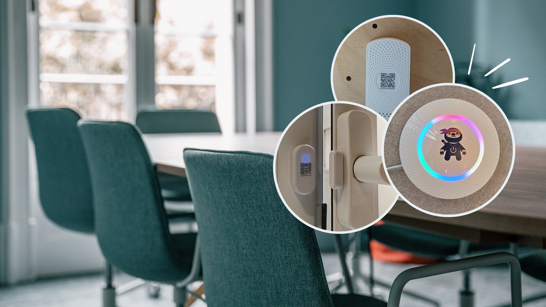
Creating smart spaces nowadays means taking advantage of a variety of technologies, choosing the most suitable ones, and binding them to one ecosystem.
Our smart office
Join us on the journey to build our smart office!
Real-time display and database storage
Benefits of data collection
Also part of the project
Apart from these sensors, we can also control light switches by triggering an Azure function, manage air conditioners through a web and a mobile application, and control plant watering.
Overall, IoT Smart Spaces can be customized according to clients’ needs in many ways. The core idea is to use cloud services along with a lot of smart devices to add security, optimize energy consumption and simply bring comfort to any space. In addition, it is a perfect opportunity to gain knowledge and experience in cloud technologies as well as get to know better the full cycle of a software solution.
However challenging sometimes it might be, it is exciting to take part in the implementation of this project in the isolutions office in Barcelona.

